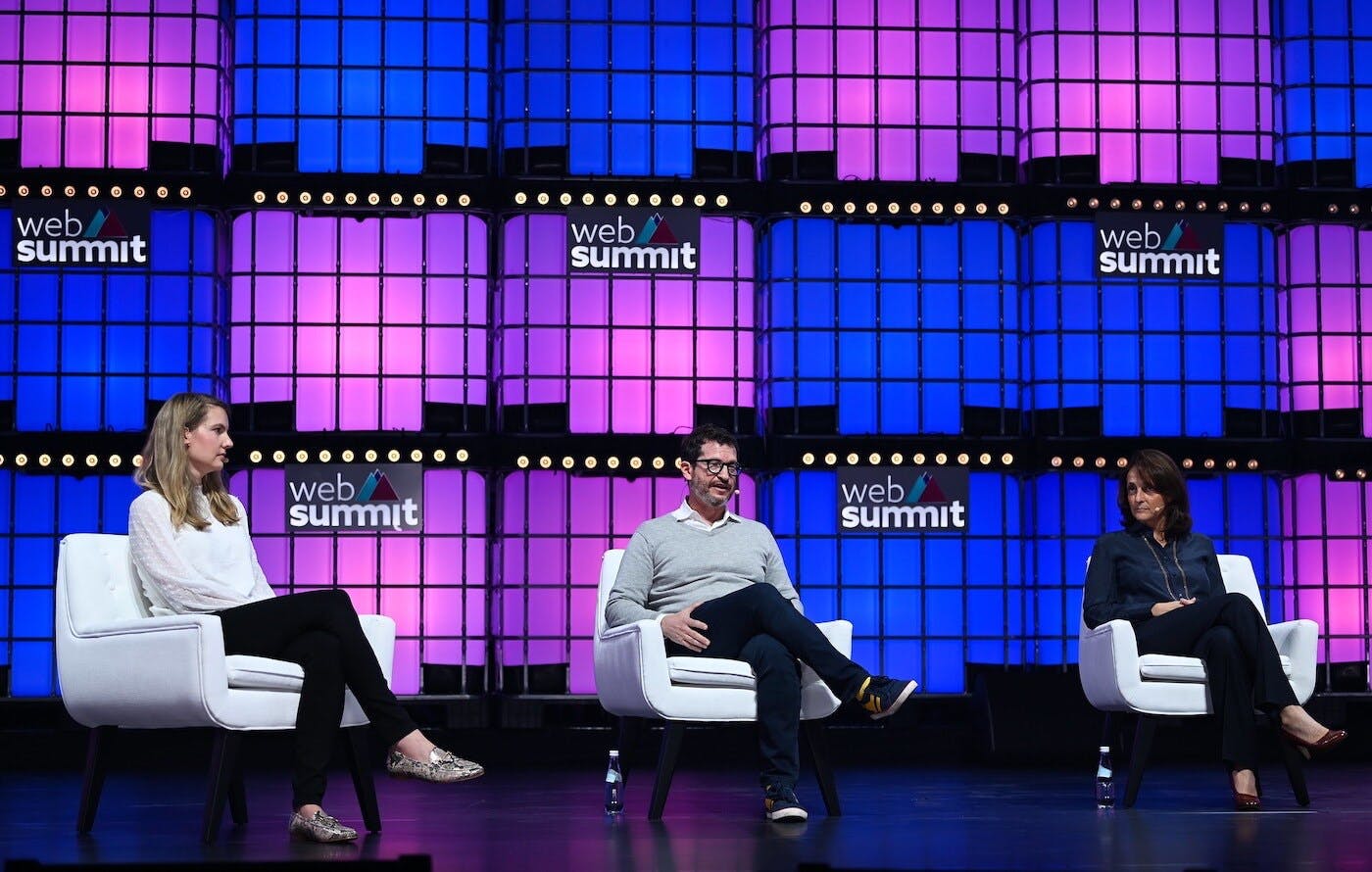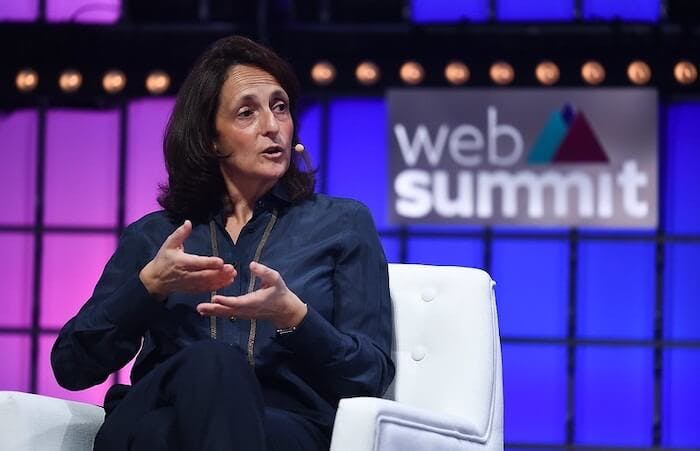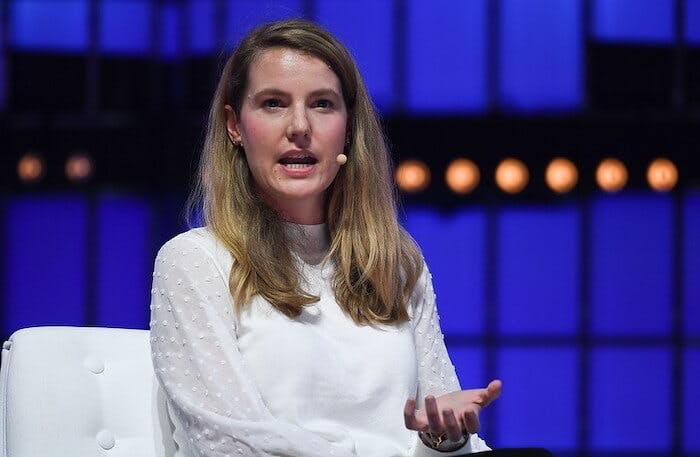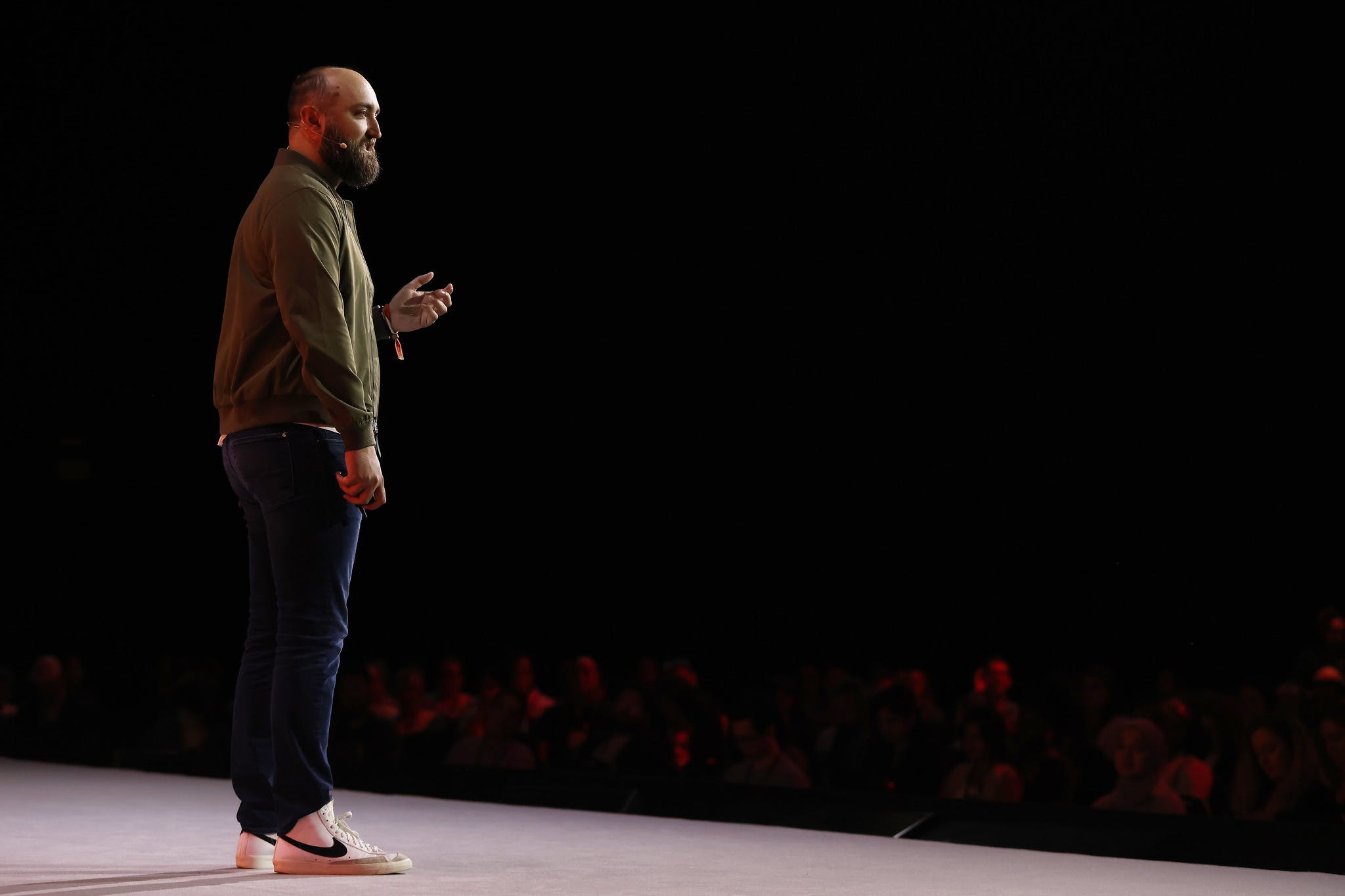
‘The stakes are high’: Why journalism needs to win back trust

Trust in journalism has been ebbing away for years. How can the Fourth Estate address this challenge?
Trust in news is falling. In fact, it’s at an all-time low.
A recent Reuters News Report polling news consumers across 40 countries found that, on average, fewer than four in 10 (38 percent) people trust most news most of the time – down from 42 percent in 2019.
However, trust in the news differs by country. The US has the lowest level of trust (29 percent) while Finland enjoys the highest (65 percent). That leaves big questions for the news industry. First: why do people not trust the news? Second (and vitally): how can this trust be won back?
A fragmented news landscape
“I would raise two things: polarisation and disintermediation,” said Alessandra Galloni, editor-in-chief at Reuters.
“As the world has become more polarised – politics and society – some media has become more polarised too and I think that that has eroded trust … Over the past decade or more, social media and other platforms have allowed a disintermediation so that governments, institutions and individuals no longer need to go through the press to get their messages out,” she continued.
This notion of disintermediation is one that Kat Downs Mulder, managing editor at the Washington Post, wholeheartedly agrees with. In this fragmented media landscape, she argued, people no longer read the same newspaper in the morning or watch the same news at night.
“I think the idea of more things coming in between us and the audience is really important. Many years ago – decades ago – we all had a shared context … and that shared context has eroded as we have more and more things competing for our attention,” she explained.
There is also the fact that news consumers now have “the ability to construct our own verticals of information; select the creators that we directly go to for news; select the institutions that we do trust”.
Daniel Klaidman, editor-in-chief at Yahoo News, thinks there are other factors too. The news industry, he said, does not operate in a vacuum.
“We are part of a larger phenomenon of distrust in institutions,” said Daniel, “whether it’s government, business, NGOs or the media. There is particular distrust in institutions that are considered elite institutions, and I think that is part of the problem with media these days – we are generally considered elite.”
An industry in need of diversity
One other thing that has eroded trust in the media is that, often, the media does not look like the people it is covering. That’s why it’s not considered credible, added Alessandra.
 Alessandra Galloni, editor-in-chief at Reuters. Image: Harry Murphy/Web Summit (CC BY 2.0)
Alessandra Galloni, editor-in-chief at Reuters. Image: Harry Murphy/Web Summit (CC BY 2.0)
“It’s really imperative for newsrooms to become like the world that we cover; to become more diverse in not only who we are, but in what we cover, and to expand our horizons in the sorts of stories we cover them and how we cover them,” she said.
Fact v opinion: What do readers want?
One thing still rings true in journalism: the dedication to verification and fact checking as key journalistic tools.
“I can speak best for Reuters, but what we try to do is follow the path of strictly fact-based, rigorously fact-checked journalism. We believe that’s one of the reasons that we are considered one of the most trusted news organisations in the world,” said Alessandra.
She noted that, in an increasingly polarised world, telling it straight and being very careful to hear the other side – and to reflect the other side – is a really important part of building up a trusted reputation. This also includes acknowledging when mistakes have been made.
“We are reflecting the first draft of history and, sometimes, actually, it may be wrong. And when it’s wrong, we have to be sure to correct it as fast as possible,” she said.
But how do honesty and an adherence to fact-checking stack up against the news that performs best on social media (ie the sensationalistic, emotionally driven, outrage provoking and sometimes outright fake news stories that attract the attention of the masses)?
“I have seen a lot of audiences saying that they are looking for unbiased news gathering and reporting. But when you see the numbers and traffic and what people read, they are also after something that’s a little bit more emotional and maybe even sensational. So I wonder how we navigate those challenges of what people are actually clicking on or tuning in to watch, and what we know and have a responsibility to deliver,” mused Kat.
Meanwhile, the news business is still a business at the end of the day. Media outlets want to encourage people to click through to their content. There’s a balance to be found. As Daniel explained, in trustworthy journalism, “you have to be disciplined about that”.
But news organisations already have that balance in the form of straight news v opinion pieces. Opinion may be divisive, but it provides context, analysis and debates around the facts.
The problem the Washington Post was seeing, said Kat, is that consumers often cannot tell the difference between news and opinion, and therefore interpret opinion as a biased news story or ‘fake news’ if it doesn’t align with their beliefs.
 Kat Downs Mulder, managing editor at the Washington Post. Image: Harry Murphy/Web Summit (CC BY 2.0)
Kat Downs Mulder, managing editor at the Washington Post. Image: Harry Murphy/Web Summit (CC BY 2.0)
“We studied people’s responses to the pages we had for opinion articles v the news, and we realised that we had to label the fact that this article was opinion – or had a voice or a point of view – multiple times on the page. Like, three, four, five times,” she explained.
Light at the end of the tunnel for the media
Covid-19, however, has recalibrated some people’s trust in media. It became a place to get trusted scientific information on what the research was saying. It was providing, as Reuters editor-in-chief Alessandra put it, “news you can use”.
“During Covid, whether to drink Clorox or not… The answer being ‘no’ was important to people’s lives; whether to wear a mask or not is important. That is news you can use at the very deepest level,” Alessandra elaborated.
Added Daniel: “We found at Yahoo News that, when Covid started and we realised how complicated this story was, [it was important to cover the latest] information, [the] conflicting information, and how the science was evolving. We also did a lot of explanatory journalism, and those are some of our best performing stories.”
And what happens if this trust in the news continues to fall in the future? In other words, why does it matter if news consumers would rather get their information elsewhere?
“In order to have a functioning society and functioning democracy, we have to have underlying facts that we can agree on and debate in order to figure out what policies and practices we should have as a culture and a society. We have to have some common ground. We have to be able to agree on a certain set of information that we can have an exchange around,” urged Kat.
“The stakes are incredibly high.”
Want to learn more about the trends that will define the marketing and advertising worlds in 2022? Just click below.
Main image of the Washington Post’s Kat Downs Mulder, Yahoo News’s Daniel Klaidman and Reuters’ Alessandra Galloni: Harry Murphy/Web Summit (CC BY 2.0)


